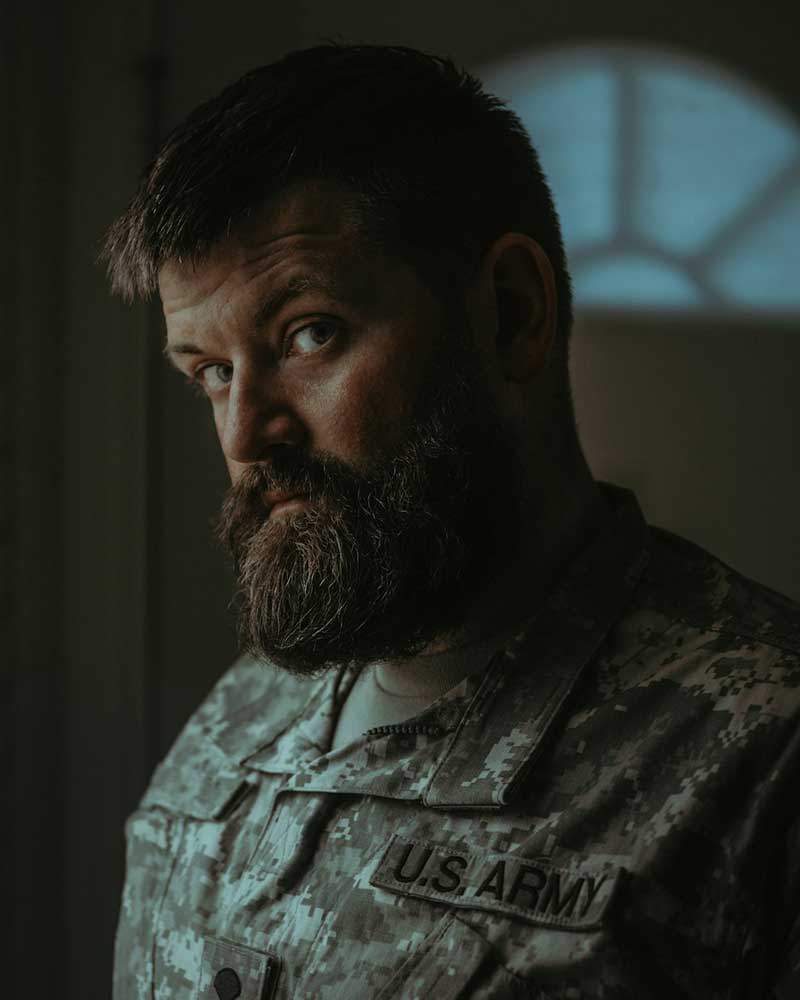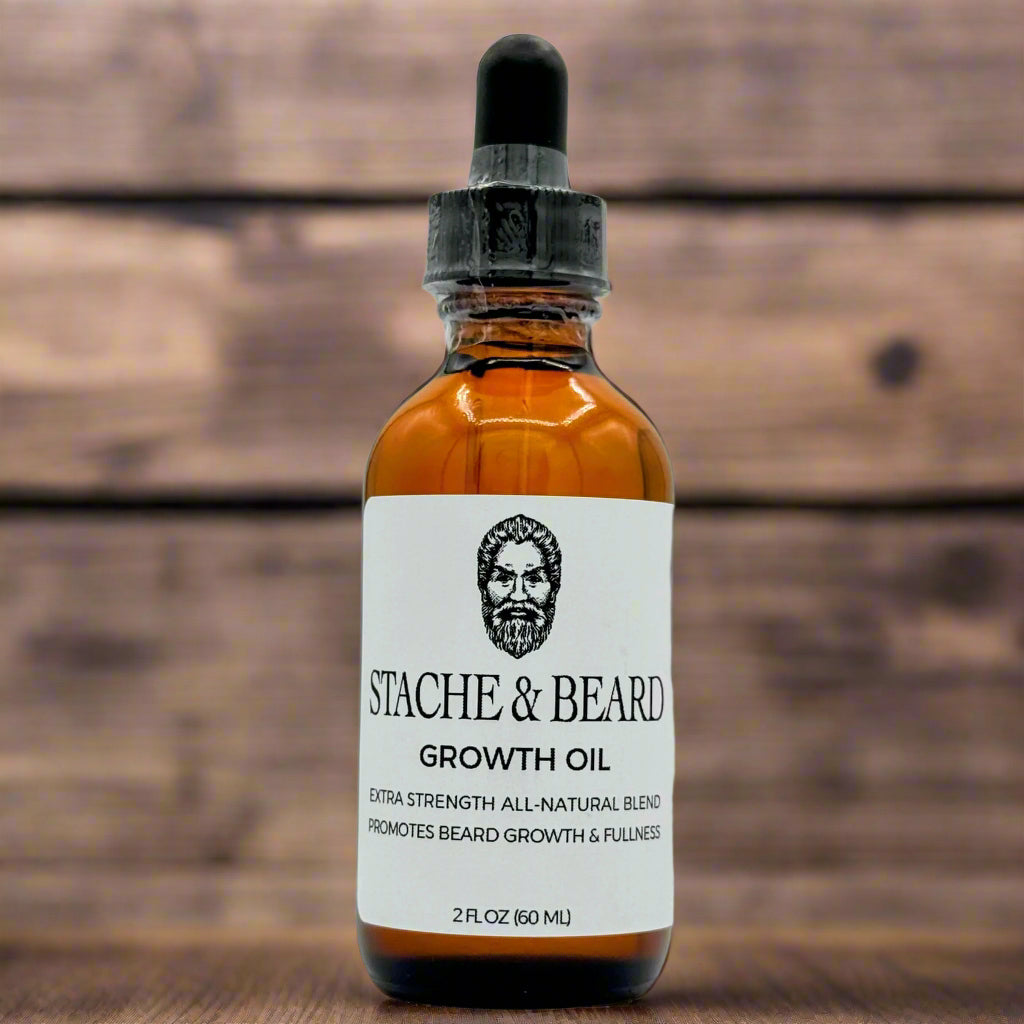
Everything You Need to Know About Beards in the Military
Everything You Need to Know About Beards in the Military
Beards in the military, particularly in the army, are more complex than just deciding to sport a rugged look 🧔. Military grooming rules have fascinated soldiers and civilians, igniting many discussions. Each military branch has its own set of rules, which have evolved with new needs.
Whether it's the clean-shaven policy demanding a smooth face, or specific rules about mustaches and stubble, figuring out these rules can be puzzling. Don't worry, we're here to make it simpler!
Whether you're in the military, love grooming, or are just curious, we aim to clear up myths and offer top military facial hair tips. Join us as we explore army beard rules, look at mustache specifics, and share must-know stubble guidelines. #MilitaryFacialHairAdvice #BeardLove
Understanding Military Grooming Standards
Military grooming standards are key to maintaining order and consistency among troops. It's important to understand the rules, clean-shaven policies, and mustache guidelines that shape the military's look.
Current Facial Hair Regulations
The U.S. Army's grooming standards clearly say that facial hair is usually not allowed for active-duty soldiers. These rules are based on tradition and practicality.
However, there are exceptions. Soldiers with medical conditions that make shaving difficult can get temporary or permanent shaving profiles, allowing them to have neatly groomed stubble. There are also religious allowances for beards when needed for religious practices. These exceptions are individually reviewed and must fit safety and mission needs.
Clean Shaven Policy Explained
The clean-shaven policy is a key part of military grooming. It's based on practicality and history, forming the core of facial hair rules.
A clean face ensures that gas masks and other protective gear fit well. This is vital for soldier safety in chemical and other hazardous conditions.
It also promotes uniformity and discipline, showing the military's commitment to precision and rules.
Mustaches Army Rules
Though beards are restricted, mustaches are allowed under specific terms:
- Mustaches must be neatly trimmed.
- They cannot go past the corners of the mouth.
- They shouldn't cover the upper lip or go below the lower lip line.
These rules ensure mustaches look polished while allowing some personal style. Balancing personal expression with uniformity is crucial.
The history of facial hair in the military is long and varied, showing changes in grooming rules and notable military figures who challenged norms.
Evolution of Men's Grooming in the Military
Military grooming has changed over time. In ancient times, beards symbolized masculinity and strength.
During the American Civil War, soldiers had beards, reflecting the era's trends. But World War I, with its chemical warfare, introduced the need for strict clean-shaven rules for gas masks.
After World War II, strict grooming became common in Western militaries, emphasizing uniformity and professionalism in line with societal shifts.
Notable Military Beards Through Time
Despite rules, many military leaders have had memorable beards:
- Ulysses S. Grant: A Union general and U.S. President, famous for his full beard during the Civil War, symbolizing leadership.
- Lord Kitchener: His iconic mustache represented British military strength.
- Fidel Castro: His beard symbolized a rebellion against the American clean-cut image, marking a cultural shift.
These examples show facial hair's role in image building in military and political contexts.
Myths and Misconceptions
Many myths exist about beards in the military. Understanding what's true or false is important.
Debunking Beard Myths
**Myth 1: Beards always interfere with gas masks.
**Reality: Beards can affect mask fit, but modern mask designs and careful grooming can solve this, maintaining safety and personal style.
**Myth 2: Beards are unprofessional in the military.
**Reality: Many militaries accept beards without losing professionalism or effectiveness, showing cultural differences and changing standards.
**Myth 3: All special forces allow beards.
**Reality: Special forces' beard policies vary, based on specific missions and needs.
Stubble Guidelines: Fact vs Fiction
Stubble is often debated in military grooming. Here’s what's true and false:
- Fact: Some militaries allow well-groomed stubble under certain conditions, showing flexibility.
- Fiction: Stubble is allowed in all military branches—this isn't true, as stubble rules differ widely.
Regulations differ among units, with some allowing "tactical stubble" for operations, while others require clean faces. Knowing the latest rules is crucial since policies can vary.
Tips for Navigating Military Facial Hair Advice
Keeping to rules while looking good can be tricky. Here are tips to help you understand military facial hair rules.
Maintaining a Regulation-Compliant Look
- Stay updated: Regularly check grooming standards.
- Get quality grooming tools: A good razor and trimmer help meet rules.
- Consistent grooming: A routine is key for following standards.
For those with shaving profiles or religious reasons:
- Keep facial hair tidy and shaped.
- Use beard oils to keep hair and skin healthy.
- Be ready to show your beard doesn’t affect military gear.
Recommended Beard Care Products
For authorized facial hair, proper care is vital. Here are some useful products:
- Beard oil: Softens hair and hydrates skin, preventing irritation.
- Beard balm: Shapes longer beards, keeping them within allowed limits.
- Mustache wax: Keeps mustaches neat and controlled per rules.
- Trimmer with guards: Helps maintain precise lengths easily.
Even with permission, maintaining neat facial hair is essential for professionalism.
Military grooming standards are changing and may evolve further. We explore potential changes and global influences on military beard trends.

Possible Changes to Army Beards Policy
Conversations about allowing beards in the military are ongoing, with factors involved:
- Advances in protective gear constantly change safety and grooming standards.
- A focus on inclusivity and diversity aims to balance personal expression with traditional values without affecting readiness.
- Recruitment and retention need flexible grooming rules to attract diverse talent.
Although no changes are set, military branches are reviewing policies to match societal changes and mission needs.
Any future changes will likely include strict guidelines to maintain professionalism and operational effectiveness.
Influence of Global Military Facial Hair Standards
Global military beard rules influence U.S. standards.
Some international trends:
- The British Army allows beards with the leader's approval, trusting leadership's judgment on suitability.
- The Canadian Armed Forces have eased their facial hair rules, towards more inclusion and flexibility.
- Scandinavian militaries welcome groomed beards, adapting modern culture within traditions.
Conclusion
Understanding military grooming, especially beards involves tradition, function, and diversity. The beard discussion reflects an evolving landscape where readiness meets personal style.
Though strict rules have ruled in the past, medical and religious exceptions show the military's gradual adjustment to needs. This balance is seen in equipment advances, possibly making clean-shaven norms outdated.
As policies are reviewed, maintaining the military's integrity, discipline, and professionalism is key. Being informed helps service members carry out duties while expressing identity within tradition. Looking forward, military beard discussions highlight the dynamic mix of old customs and changing society.








